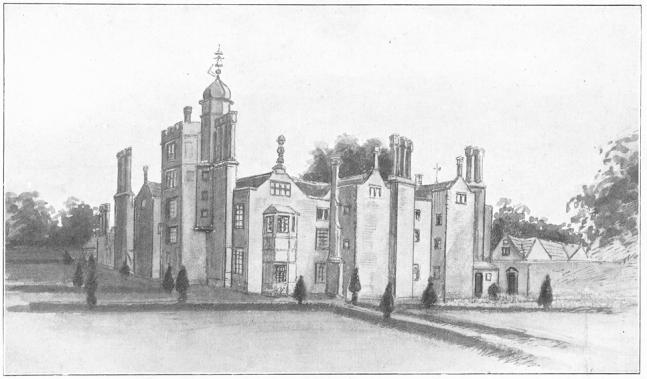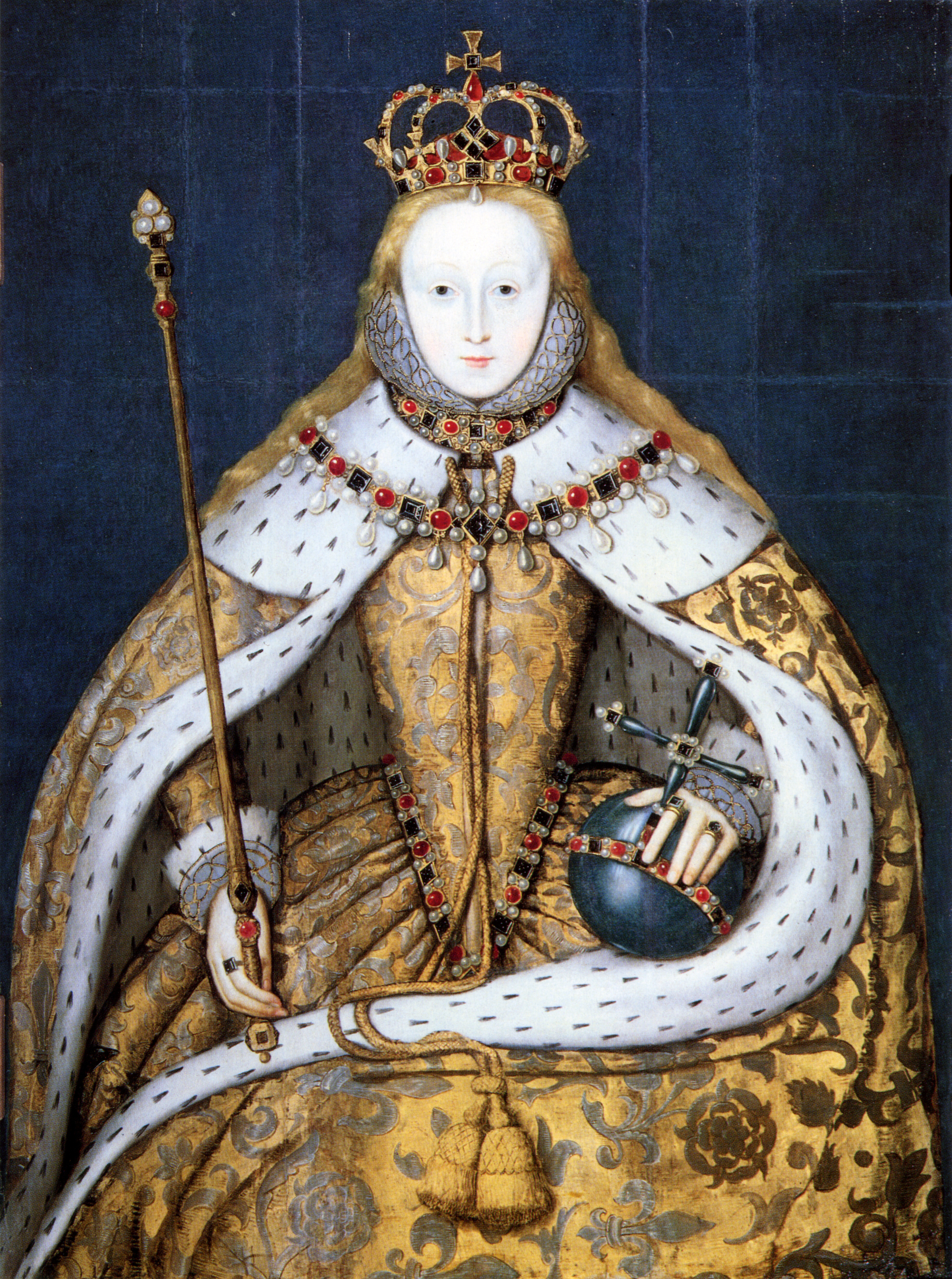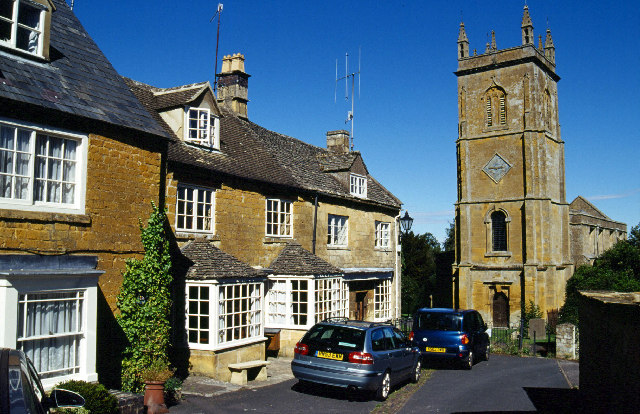|
Dorothy Bradbelt
Dorothy Bradbelt or Broadbelte (died 1577) was an English courtier, a woman of the bedchamber to Elizabeth I, described as the "Queen's bedfellow". Career at court Her mother was probably Jane Bradbelt a chamberer at court. With Alice Huntercombe, she was appointed to the household of Elizabeth, Henry VIII's daughter, in 1536. A "Mistress Brodebeck" appears in a 1539 gift roll amongst the gentlewomen. The council of Mary I of England refused permission for Dorothy to serve Elizabeth at Woodstock Palace in June 1554. She was sometimes the queen's bedfellow in the 1560s. Dorothy Bradbelt was bought clothes including a "petticoat of crimson satin razed with a broad border embroidered with silver and fringed, lined with unshorn velvet", and a French kirtle of black velvet. She was also given lucrative rewards, including a lease of lands at Hardingstone, and a licence to export red herrings from London and Ipswich and import white fish. Dymocke affair In 1562, she and Kat Ashley were ce ... [...More Info...] [...Related Items...] OR: [Wikipedia] [Google] [Baidu] |
Woman Of The Bedchamber
In the Royal Household of the United Kingdom the term Woman of the Bedchamber is used to describe a woman (usually a daughter of a peer) attending either a queen regnant or queen consort, in the role of lady-in-waiting. Historically the term 'Gentlewoman of Her Majesty's Bedchamber' was sometimes used. In addition to the Women of the Bedchamber, queens (regnant or consort) have Ladies of the Bedchamber (typically wives or widows of peers above the rank of earl), and a Mistress of the Robes (usually a duchess) who is the senior female member of her household. The Women of the Bedchamber are usually in regular attendance, but the Mistress of the Robes and the Ladies of the Bedchamber are normally only required for major events and occasions. Duties When 'in Waiting', a Woman of the Bedchamber might be expected to accompany the Queen on public or semi-private engagements, make purchases on the Queen's behalf or other arrangements of a personal nature. She might enquire after the wel ... [...More Info...] [...Related Items...] OR: [Wikipedia] [Google] [Baidu] |
Blanche Parry
Blanche Parry (1507/8–12 February 1590) of Newcourt in the parish of Bacton, Herefordshire, in the Welsh Marches, was a personal attendant of Queen Elizabeth I, who held the offices of Chief Gentlewoman of the Queen's Most Honourable Privy Chamber and Keeper of Her Majesty's Jewels. Origins She was born at Newcourt, Bacton, Herefordshire, one of the daughters of Henry Myles (Parry was only adopted as a surname after the English manner, from ap Harry, in the next generation) of Newcourt, three times Sheriff of Herefordshire, Steward of Ewyas Lacy and of Dore Abbey, a relative of the Welsh family of Herbert, Earls of Pembroke, also a relative of the prominent Stradling family of St Donat's Castle in Glamorgan, Wales. Her mother was Alice Milborne, the English daughter and co-heiress of Simon Milborne. Her paternal ancestors were of prominent border gentry stock. Early life Brought up in a Welsh cultural environment, Parry was bilingual in Welsh and English. Indications exist o ... [...More Info...] [...Related Items...] OR: [Wikipedia] [Google] [Baidu] |
Utterby
Utterby is a village and civil parish in the East Lindsey district of Lincolnshire, England. It is situated on the A16 road, south from Grimsby and north from Louth. Utterby railway station (or Utterby Halt), on the line between Grimsby and Louth, closed in 1961. Near to the Village is the site of a former Gilbertine priory. It is believed that the monks of this priory built the village's Packhorse bridge in the 14th century. The Prime Meridian passes to the east of Utterby. Toponymy The name Utterby comes from the Scandinavian 'by' which means village, and is a common place name suffix in the area. The 'utter' comes from the Old English 'uttera', cognate with the modern English word 'outer', or remote, and not the modern Swedish 'utter' which means otter. Therefore, to the Vikings this was 'the remote village'.'' This is a common construction also seen in Itterby, one of the parishes which formed Cleethorpes, and also Ytterby in Sweden, which is relatively frequent in ... [...More Info...] [...Related Items...] OR: [Wikipedia] [Google] [Baidu] |
Walter Fyshe
Walter Fyshe (died 1585) was a London tailor who worked for Elizabeth I until 1582. He also made some of her farthingales. Fyshe made the queen's ceremonial clothes and coronation robes, altering robes made for the coronation of Mary I of England. Career Fyshe in mentioned in the royal accounts for 1557. He was a member of the Merchant Taylor's Company.Fyshe was sometimes asked to adjudicate disputed tailor's bills. He inspected the accounts of a tailor called Molde who had made clothes for Anne, the wife of Henry Mewtas (a son of Peter Meutas), in 1566. The case note mentions that Fyshe lived in Budge Row. Some garments made for Elizabeth involved the use of patterns called "toiles" which were sent to France for completion. Some clothes were partly made in France and finished by Fyshe. Elizabeth was interested in the fashions of other European courts, and in 1567 the ambassador Henry Norris was asked to recruit a tailor in Paris who could make apparel in the Italian and French ... [...More Info...] [...Related Items...] OR: [Wikipedia] [Google] [Baidu] |
Moreton Jeffries
Moreton Jeffries (or Moreton Jefferies) is a hamlet in the English county of Herefordshire. It is situated off the A465 between Stoke Lacy and Burley Gate, approximately 8½ miles north-east of Hereford. It has a medieval church, which has been designated by English Heritage as a Grade II* listed building, and is under the care of the Churches Conservation Trust. In the Domesday Book, it was listed as being in the Radlow Hundred. Henry 'Harry' Morgan, founder of the Morgan Motor Company, was born in Moreton Jeffries Rectory in 1881. There are timber merchants in the hamlet. See also *Moreton Jeffries Church Moreton Jeffries Church is a redundant Anglican church in the hamlet of Moreton Jeffries, some northeast of Hereford, Herefordshire, England. It is recorded in the National Heritage List for England as a designated Grade II* listed bui ... Villages in Herefordshire {{Herefordshire-geo-stub ... [...More Info...] [...Related Items...] OR: [Wikipedia] [Google] [Baidu] |
Cofferer Of The Household
The Cofferer of the Household was formerly an office in the English and British Royal Household. Next in rank to the Comptroller, the holder paid the wages of some of the servants above and below stairs, was a member of the Board of Green Cloth, and sat with the Lord Steward in the Court of the Verge. The cofferer was usually of political rank and always a member of the Privy Council. The office dates from the Middle Ages, and the position of Cofferer of the Wardrobe. It was abolished by the Civil List and Secret Service Money Act 1782 The Civil List and Secret Service Money Act 1782 (22 Geo. III, c. 82) was an Act of the Parliament of Great Britain. The power over the expenditure in the King's household was transferred to the Treasury, and branches of which were regulated. N .... List of incumbents References {{British Monarchy Household Positions within the British Royal Household Ceremonial officers in the United Kingdom 1782 disestablishments in Great Brita ... [...More Info...] [...Related Items...] OR: [Wikipedia] [Google] [Baidu] |
Hindlip
Hindlip or Hinlip is a village and civil parish north east of Worcester, in the Wychavon district, in the county of Worcestershire, England. In 2011 the parish had a population of 180. The parish touches Tibberton, Martin Hussingtree, Salwarpe, Oddingley, Warndon and North Claines. Features There are 15 listed buildings in Hindlip. Hindlip Hall, a stately home originally built in 1563, rebuilt in 1820 following its destruction by fire is the headquarters of the West Mercia Police. St James's Church is a 15th-century parish church which is no longer supported by the Church of England (since 1997), but is now the church for the constabulary.Genealogy and Heraldry accessed 7 July 2008 History The name "Hindlip" means 'Hind leap'. Hindlip was recorded in the |
John Habington
John Habington or Abington (died 1581) was an English courtier and administrator. Career A son of Richard Habington and his wife Eleanor Hanley of Hanley William, John Habington's parental home was at Brockhampton near Bromyard in Herefordshire. Berwick-upon-Tweed Habington served the royal court in various administrative and financial roles. In October 1557 he was stationed at Berwick-upon-Tweed, involved in the supply of rations for the garrison and army. He was made Surveyor-General of the Victuals at Berwick. The Earl of Northumberland was pleased by the provisions for his house, but Habington discussed his resignation with the Privy Council in April 1559. This role of victualler at Berwick officially ended in November 1560, and Habington was instructed to give his accounts and the custody of storehouses at Berwick and Lindisfarne to Valentine Browne the new Surveyor General of Berwick. Browne had not arrived by 23 February 1561, when Habington wrote to William Cecil from ... [...More Info...] [...Related Items...] OR: [Wikipedia] [Google] [Baidu] |
Brett Usher
Brett Usher (10 December 1946– 13 June 2013) was an English actor, writer and ecclesiastical historian. Although he appeared frequently on stage and television, it was as a radio actor that he came to be best known. His many radio roles ranged widely, from farce to Shakespeare and new works. In addition to acting he also wrote for radio. As a historian Usher specialised in English ecclesiastical history of the 16th and 17th centuries, with particular focus on the Puritans. The first part of his study of church and state politics of Elizabeth I's reign, ''William Cecil and Episcopacy 1559–1577'', was published in 2003. The second part, ''Lord Burghley and Episcopacy, 1577–1603'', which was nearly complete at the time of Usher's death, was published in 2016. Life and career Education and acting career Usher, who was the only child of Dennis Paget Louis Usher and his wife Margot, was born at Southgate in Middlesex. He was educated at Brentwood School and Corpus Christi Col ... [...More Info...] [...Related Items...] OR: [Wikipedia] [Google] [Baidu] |
Manchet
Manchet, manchette or michette, is a wheaten, yeast-leavened bread of very good quality, or a small flat circular loaf. It was a bread that was small enough to be held in the hand. History One of the first recipes printed in English for manchet breads comes from 1588 and the recipe book ''The Good Huswifes Handmaide'' by an unknown author. In it the author explains that the flour must be fine and have been ''boulted'' twice. There are several recipes for manchets mentioned in Florence White's classic English cuisine book ''Good Things in England'' first published in 1932. She gives five regional varieties of the bread and quotes from sources for the recipes. The first is from Gervase Markham in Nottinghamshire published in 1615 where White quotes an anonymous source that describes a manchet as 'Your best and principal bread'. Gervase Markham writes that the dough should be kneaded by hand and with the brake, and if no brake is available, wrapped in a cloth and trodden under ... [...More Info...] [...Related Items...] OR: [Wikipedia] [Google] [Baidu] |
Blockley
Blockley is a village, civil parish and ecclesiastical parish in the Cotswold district of Gloucestershire, England, about northwest of Moreton-in-Marsh. Until 1931 Blockley was an exclave of Worcestershire. The civil and ecclesiastical parish boundaries are roughly coterminous, and include the hamlets of Draycott, Paxford and Aston Magna, the residential development at Northwick and the deserted hamlets of Upton and Upper Ditchford. Blockley village is on Blockley Brook, a tributary of Knee Brook. Knee Brook forms the northeastern boundary of the parish and is a tributary of the River Stour. History Manor In AD 855 King Burgred of Mercia granted a monastery at Blockley to Ealhhun, Bishop of Worcester for the price of 300 solidi.''Victoria County History'', 1913, pages 265-276 In 1086 the Domesday Book recorded that the Bishop of Worcester held an estate of 38 hides at Blockley. The Bishops of Worcester retained the estate until 1648, during the English Civil War, ... [...More Info...] [...Related Items...] OR: [Wikipedia] [Google] [Baidu] |
Henry VIII
Henry VIII (28 June 149128 January 1547) was King of England from 22 April 1509 until his death in 1547. Henry is best known for his six marriages, and for his efforts to have his first marriage (to Catherine of Aragon) annulled. His disagreement with Pope Clement VII about such an annulment led Henry to initiate the English Reformation, separating the Church of England from papal authority. He appointed himself Supreme Head of the Church of England and dissolved convents and monasteries, for which he was excommunicated by the pope. Henry is also known as "the father of the Royal Navy" as he invested heavily in the navy and increased its size from a few to more than 50 ships, and established the Navy Board. Domestically, Henry is known for his radical changes to the English Constitution, ushering in the theory of the divine right of kings in opposition to papal supremacy. He also greatly expanded royal power during his reign. He frequently used charges of treason and ... [...More Info...] [...Related Items...] OR: [Wikipedia] [Google] [Baidu] |

.jpg)




